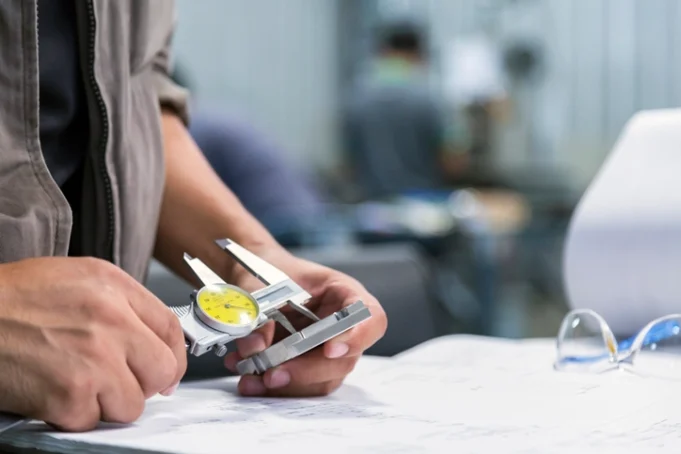How would you validate the accuracy level of a device while purchasing it? This is where calibration certificates come in. Calibration certificates certify the accuracy levels of the instrument against a specified reference. A calibration certificate is a document that gives information about the calibration of a device. This certificate contains important information about the device’s quality and measurement accuracy. The calibration certificate stems from the NIST standards. Here are some of the FAQs about calibration certificates and their answers.
What Information Should a Calibration Certificate Include?
Calibration certificates have a certain structure. The document contains a variety of information on the device, as well as the original standards. The basic structure of a calibration certificate must include:
- The certificate’s title
- The specifics of the laboratory in charge of the calibration (accredited or non-accredited). For example, ‘NABL accredited calibration lab.’
- Customer information
- A calibration certificate’s unique identification code
- The device’s name and specifications
- Details about environmental conditions under which they performed calibration
- Calibration outcomes with appropriate sign conventions
- The person in charge of the calibration’s designation, name, identity, and signature
- A notation states that these test findings apply to this specific device.
- Proof that the measurements are traceable
- Some of these characteristics may be missing or vary depending on the device.
These characteristics may be missing or vary depending on your gadget.
Why is a calibration certificate required?
Calibration ensures that equipment readings are correct when compared to authorized standards. Tests depend on the type of equipment, its applications, and the necessary level of accuracy. For instance, pressure gauge calibration may differ from other equipment calibrations. Calibration is commonly connected with measuring instruments such as balances, scales, and meters. A certificate will document the calibration results. The obvious purpose of a calibration certificate is to confirm to the reader that a lab has calibrated the device. It also includes vital information. These certifications are necessary for various businesses to ensure compliance with industry requirements.
Do my certificates need a deadline?
Many factors influence the actual due date, and the calibration laboratory cannot examine most of them. You determine when you should recall an item for calibration by:
- Manufacturer’s recommendations
- Calibration history
- End usage
What is the meaning of a ‘Traceable’ Calibration Certificate?
There is one word that is important in equipment calibration: traceability. The property of measurement traceability can link to a known reference. But, you can’t prove the measurement is correct until it’s tractable.
Anyone can trace a calibrated equipment or gadget back to reference values. But, equipment traceability can alter over time. In other words, the precision of its measurement will deteriorate over time. The constant use of the equipment will speed up this process. Thus, the equipment undergoes calibration at regular intervals to preserve traceability.
What are the types of calibration certificates?
– Accredited Calibration Certificate
Accredited calibrations issue a calibration certificate with the accrediting body’s emblem and date. The required date appears when given by the customer or agreed upon. These are documents from ISO-accredited institutions that adhere to the ISO format specifications. The accreditation body’s emblem appears on such certificates. These documents also contain the following information:
- Calibration outcomes before and after the change
- Measurement outcomes with uncertainty
- Data on traceability and conformity
These aids in proving that your instrument has undergone calibration of a high standard. This certificate is important for appliances that need accurate calibration. A good example is pressure gauge calibration.
– Non-Accredited Calibration Certificates
These are calibration certificates issued by institutions that are not ISO accredited. These certificates are often issued by the Original Equipment Manufacturer (OEM). Traceable calibration certificates are another name for them. The calibration certificate they give will include basic equipment description information.
– Certificate of Conformity
These documents contain little or no information about measurement findings. They prove that the instruments pass the product performance quality inspection. OEMs use conformance certificates to prove the quality of their products. A compliance certificate isn’t used as a legitimate calibration report. This is because it does not reflect the performance of the instruments.
Calibration certificates are essential for any equipment. But, they are most important for industrial, medical, or scientific equipment. Because of precision, a calibration certificate applies if the equipment meets all requirements.
Read More Article.

















